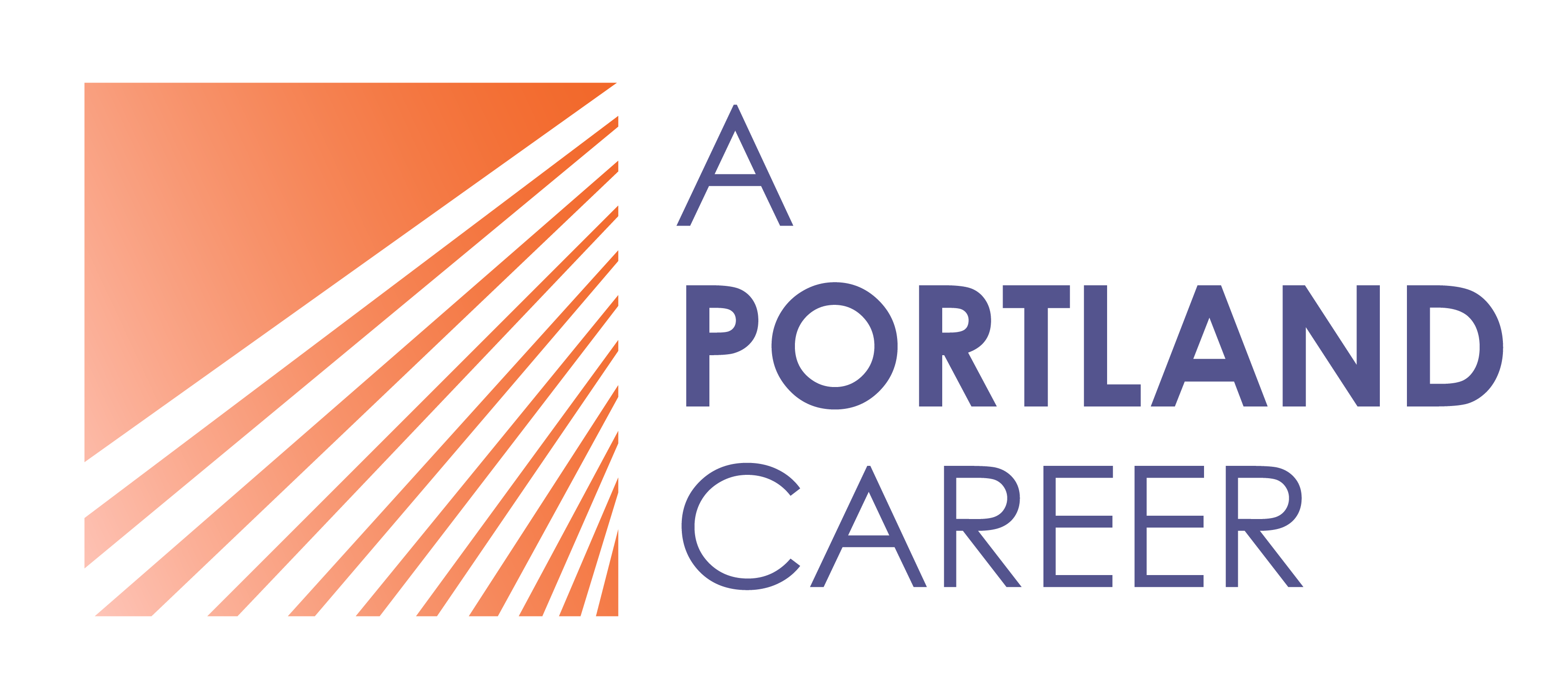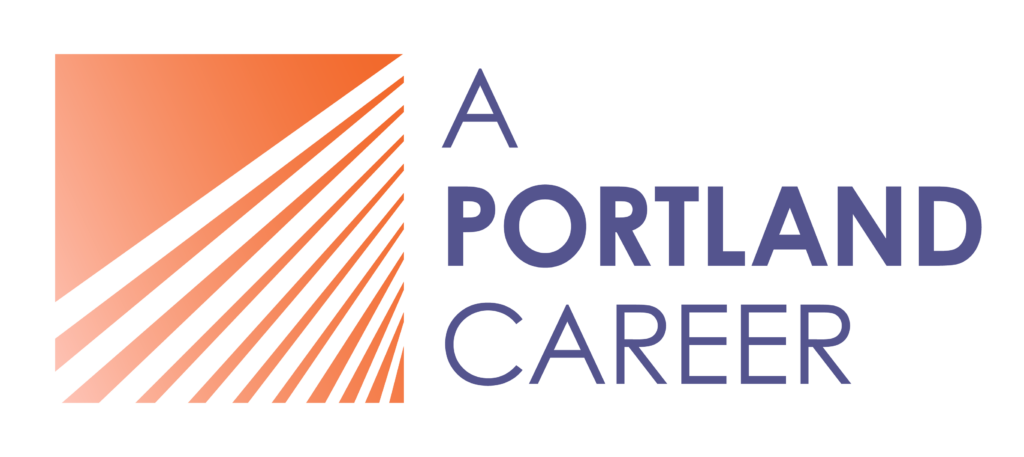You need to know how to identify and incorporate resume keywords to write a winning resume that will beat applicant tracking systems (ATS). Here’s how.
Learn how to write your best cover letter with these 11 essential elements. Make a great first impression on your prospective employer, and land that interview!
How to Write a Kickass Cover Letter
By A Portland Career and edited by Dan Hahn, M.S., and Suzie Sherman
Need to punch up your cover letter? We got you covered.
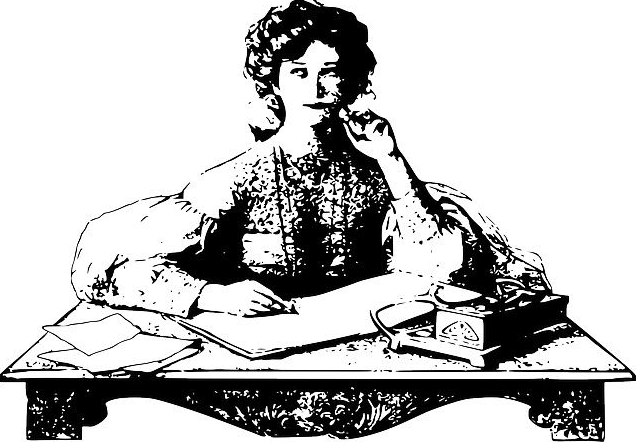
You found your dream job posting. You wrote a customized resume targeting that specific job. Now you need to write a great cover letter. What exactly is a cover letter supposed to do—isn’t it just a repetition of what’s in the resume? Absolutely not! Here are our 11 essential elements for writing your best cover letter.
What the heck, really, is a cover letter? Is it just some bygone job search convention that doesn’t really matter anymore? Didn’t I just say everything I needed to in my resume, in order to land an interview for this job?
According to recruiters and HR professionals, the importance of cover letters is evergreen. Career experts at Resume Lab polled 200 human resources professionals and found that 83% of them regard cover letters as important in their hiring decisions. Even more telling, 72% said they expected a cover letter, even if it wasn’t a requirement in the job posting.
Cover letters allow you to make the case that you are the right candidate for the job, exceeding just the job requirements. It is a sales letter targeted to the specific job position and employer, showcasing your unique voice, work experience, and communication skills, ensuring the hiring manager that they will want to make time to discuss this position with you. In this article, we give you the 11 essential elements that make up a great cover letter.
Home → Helpful Articles → Resumes & Cover Letters → How to Write a Kickass Cover Letter
This article is the sixth in our series on writing successful resumes and cover letters. Read ’em all:
- Plan Your Resume and Land the Job Interview
- Your ATS-Friendly Resume Must Have These 5 Components
- How to Identify Resume Keywords for Your Job Application
- Accomplishment Statements: A Powerful Way to Tell Your Career Story
- Our Complete Guide to Writing a Winning Resume
- How to Write a Kickass Cover Letter (You are here!)
Then, of course, you need to sit down and do some writing. Unless this is a big challenge for you, and you’re feeling stuck. In that case…
On This Page
How to Write a Strong Cover Letter with Joanie Donnelly
Work with Joanie
Wondering what goes into a great cover letter? Joanie Donnelly, our Resume and Cover Letter Expert, gives us the lowdown. And if you don’t know where to start, or you want some help writing your cover letter, click the button, and let’s set up a consultation!
The 11 essential elements of a kickass cover letter
Now you may be wondering, “What is a good cover letter format? What information does it contain? How should it look?” Of course, your chosen industry, and the instructions on the job announcement, will influence what to include in your cover letter. There are, however, 11 essential elements of content and design to incorporate. Building a cover letter with these guidelines will help you to create an excellent cover letter template to continue to use in your job search. We discuss the 11 elements here, top to bottom.
1. Length: Keep your cover letter to one page.
2. Visual consistency: Use the same design elements as you used in your resume to create a visual brand that prospective employers will associate with your name. Your full name and contact information in your header, the font, any lines or shading you used in your resume: apply all these to your cover letter. Notice how Estelle Example achieves a consistent look with her resume.
To “Link,” or not to “Link”: Should I include my LinkedIn profile link in my cover letter (or my resume, for that matter)? LinkedIn is one of the most appropriate social media sites for job search, without a doubt. But only include the URL to your LinkedIn if you’ve made sure your profile is updated and optimized to impress recruiters and hiring managers. Hey, we have an article for that!
3. Subject Line: Use “RE:” or “Subject:” and the target job title. Include the job reference number, if it is supplied in the job application. Ivan Illustration includes a reference number.
A word from way back: “RE” means “regarding,” in case you’re not familiar with old-timey business correspondence speak.
4. Salutation: Address the letter to the specific person handling this hire, if at all possible. Examine the job ad and the company’s website to find the hiring manager’s name. If it takes making an old-fashioned phone call to the company to find out who is managing this hiring process, do it! If, after your research, you still don’t know who to specifically address, consider using “Dear Hiring Manager,” or “Dear Hiring Team.” You can also eliminate the salutation. If you choose to do that, consider emphasizing the subject line, or develop an attention-grabbing headline.
Get rid of: “To Whom It May Concern,” and “Dear Sir or Madam,” outdated greetings that demonstrate you haven’t researched the company, or haven’t made it passed Second Wave feminism, respectively.
5. The Hook: Start the body of your cover letter with a powerful statement, showing your enthusiasm for the job, or cementing the idea that you are the unique match for it. Think of the “attention getter” in a public speech. Notice how eloquently both Rebecca Recruited and Ivan Illustration pull this off.
6. Tone and Language: Confidence in yourself as a candidate and enthusiasm for the job opportunity and employer are the core aspects of your tone.
A. Use direct language that fits the culture of the organization. Research the vocabulary used on the company website and in the job announcement and integrate a similar tone into your writing style.
B. Be professional, but personable. Let the reader get to know your sensibility a little bit.
7. First Paragraph: State the reason for your letter, include the job title and where you learned about the job opening. If you know someone in the organization, by all means, name-drop that person in your opening paragraph. Finally, introduce the main qualifications you have to offer.
8. Second Paragraph: In this section, you have three options:
A. For a nonprofit organization or mission-driven company, describe your understanding of their mission, and your prior experience or commitments that align with their needs and goals.
B. Address your knowledge and prior experience with one of your top competitive strengths. Back it up with an example. Capture the employer’s attention by sharing relevant skills, using keywords, and stating any major accomplishments.
C. Explain potential questions, such as gaps in employment, or swerves in a career direction that may arise about your resume. Focus on how this new work suits you better, and how your experience parlays to it.
9. Third and Fourth Paragraphs: Reiterate and expand on one to three skills, accomplishments, or characteristics from your resume. Give examples with results. Demonstrate how related experiences transfer to meet the needs of the employer.
But are you qualified? Some job posts ask you to address each qualification specifically in the cover letter. In this case, make sure you use bold or bullet points to emphasize each qualification, and then address it with examples and achievements. Melanie Mockup uses bullets and bold to call attention to each qualification, followed by accomplishments that directly address them.
10. Closing Paragraph: Reiterate the best way to contact you, recap what you can do for the organization, and make a call to action—ask for the interview, or tell the hiring manager, genuinely, that you look forward to discussing the position with them. Thank them for their time and consideration.
11. Signature: Close with “Sincerely,” and leave space before your typed name for your signature. If you are submitting your cover letter electronically, consider signing using a script font.
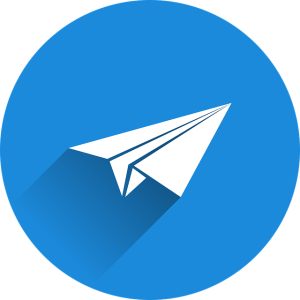
Before you send your cover letter
Here are some last-minute cover letter tips for you before you hit send:
- Proofread it! It goes without saying (but say it, we will!) that, once you’ve written your final paragraph and signed the letter, you don’t want any typos to get through. Use Word or Google spell and grammar check to ensure that your letter contains impeccable grammar and spelling, as we recommend in our article Our Complete Guide to a Writing Winning Resume.
- Format your cover letter correctly: Job seekers frequently ask, “How do I format my cover letter?”
- The most important clue will be in the instructions in the job listing. If the employer wants a PDF file, save your cover letter as a PDF. If they want it in MS Word, save it as a .doc or .docx file.
- If you’ve created your resume in Google Docs, you can save it as a PDF or as a Word doc by going to File>Download>PDF Document or File>Download>Microsoft Word.
- To attach, or not to attach? Another common question is: do I send the cover letter as an attachment, or submit it in the body of the email?
- If the directions indicate to submit your cover letter as an attachment, do so. In the case that a specific file type is requested, it invariably means that the employer expects your materials to be attached to the email, or uploaded to the employer’s applicant tracking system (ATS), job openings page on the company’s website, or on their chosen job recruitment site.
- If the employer specifies no attachments, paste your cover letter into the body of the email. If you go ahead and attach your materials when the job ad says “no attachments,” your email might just be summarily deleted, and there goes your dream job!
Copy and paste! If you submit your cover letter in the body of the email, we recommend composing the letter in Google Docs or Word, proofreading it, and then pasting it into your email. Why? Have you ever accidentally hit send on an email before finishing it? Yeah, we have, too!
Cover Letter Examples
We’ve provided several examples of excellent cover letters to illustrate these guidelines. The expert career coaches here at A Portland Career helped each client craft their cover letter. As you view the cover letter samples, keep in mind it is best practice to use the cover letter to clearly show that you know your industry and have researched the organization. You may notice some variation among the samples in style and tone: each attempts to match the atmosphere of a specific industry, or the mission or company culture of an organization.
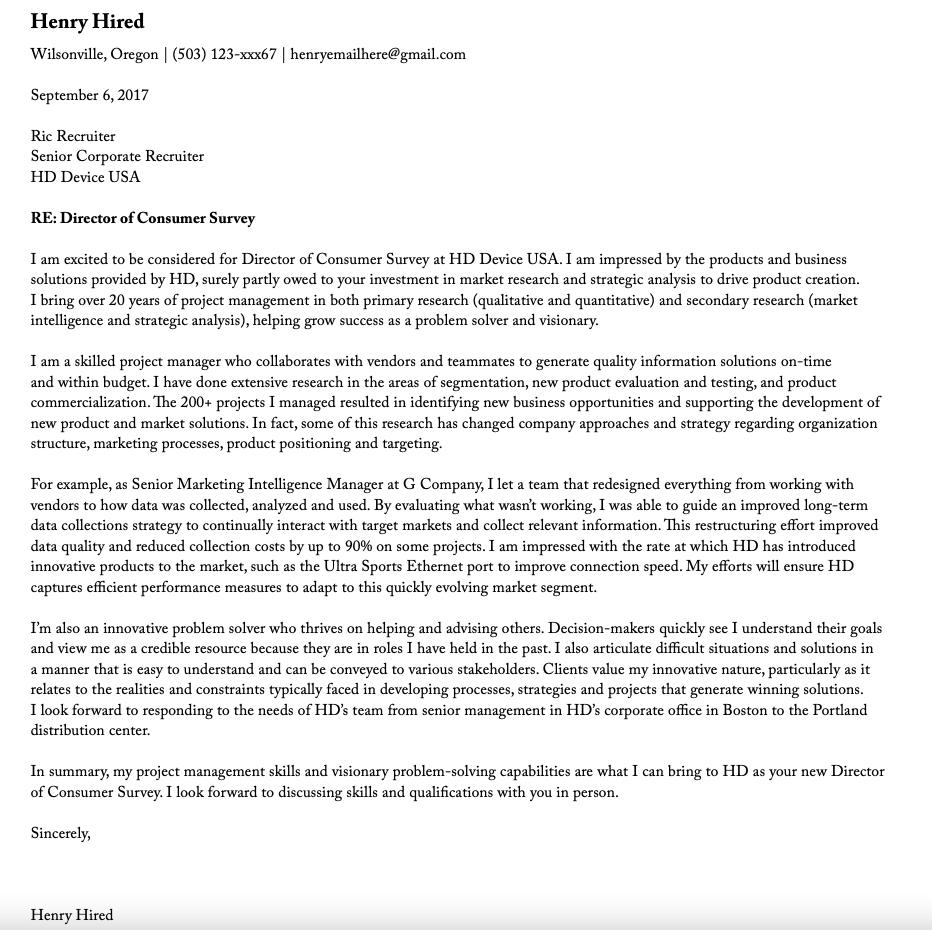
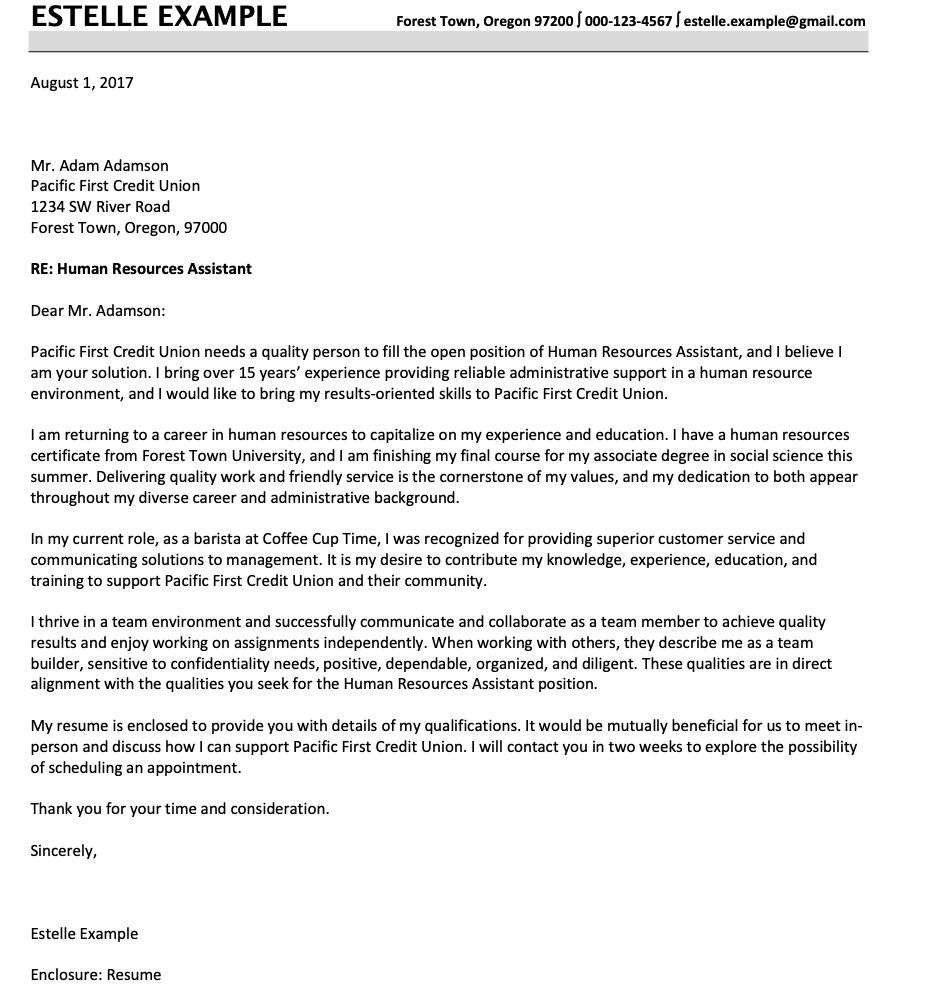
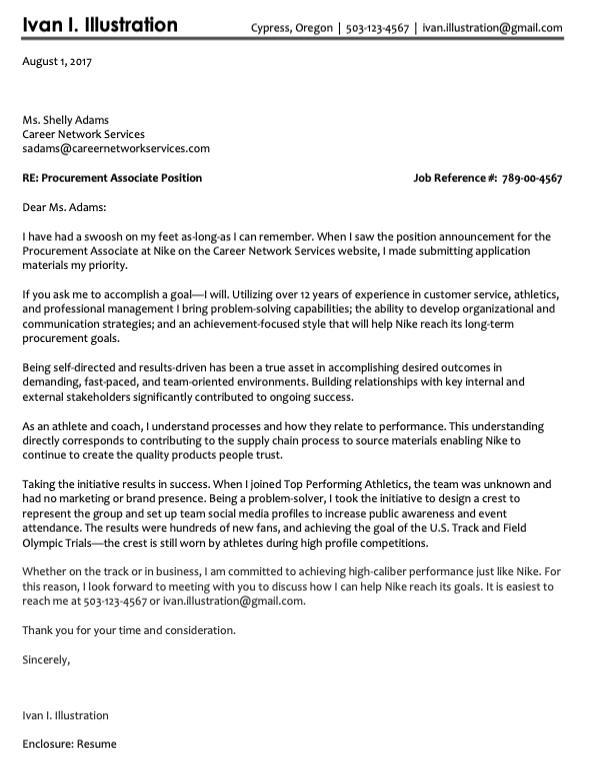
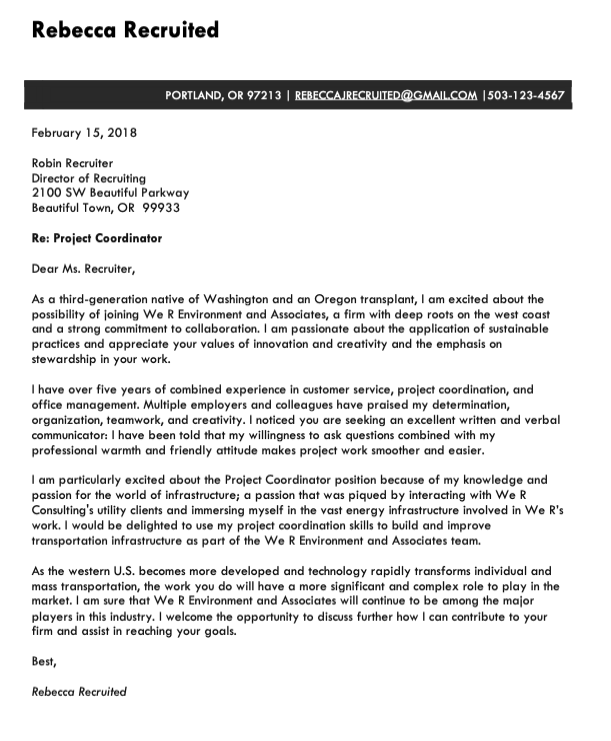
Final thoughts on writing a kickass cover letter
The cover letter is an enduring component of a modern job search. In some cases, it can create a great first impression to include a cover letter even if the job description does not specify it. More than just your resume, a cover letter can convey your unique voice and your communication skills, and impress upon the hiring manager that you are the best candidate for the job. Importantly, an effective cover letter can help you articulate to your potential employer how you will translate your acquired skill set and accomplishments to this new role. Use these 11 essential elements, and you will craft the best cover letter for your next job application.
Key takeaways
- Cover letters are a critical ingredient in your job search. They convey your enthusiasm for the job, your communication skills, and create a great first impression for hiring managers.
- One of the most important purposes of a cover letter is to illustrate your accomplishments and make a case that your skills will translate to the requirements of this new position.
- Each of the 11 essential elements we present here are geared to position you as the right person for the specific job you seek.
- A cover letter is your sales pitch to convince the hiring manager that they want to bring you in for an interview.
Related articles you might be interested in:
George Santos’s Resume: Don’t Try This at Home
Representative George Santos teaches us how NOT to write a resume. First lesson: don’t lie through your teeth!
Plan Your Resume and Land the Job
Plan your resume to showcase your most relevant skills and experience right up front to catch the eye of recruiters and ATS software.
Accomplishment Statements: A Powerful Way to Tell Your Career Story
Accomplishment statements power-up your the skills and experiences in your resume. Impress your potential employer with your brilliant accomplishments!
